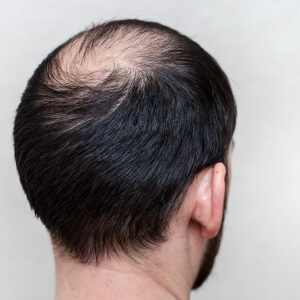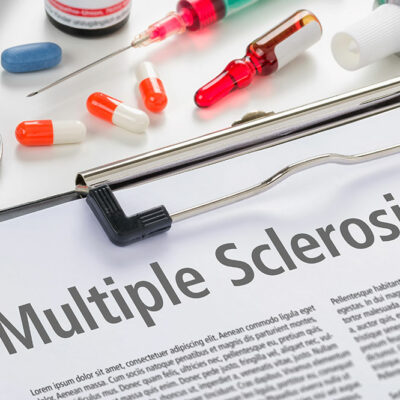Essential factors of mental health issues

There are a lot of misconceptions that people have about mental health. With the little information on mental health, people are often narrow-minded when it comes to treating mental illnesses and often this causes a big problem for those who have mental health problems. To help you understand better, we are here to provide you with the details of mental health problems, which include its stages, diagnosis, and treatment.
Stages of mental health issues
The following stages are generally experienced by patients:
- Stage 1: Preconception
When the patient is in this stage, they may mostly be in denial. It is possible that they point out that something seems off but they are fully capable of going about with their usual routine. - Stage 2: Contemplation
At this stage, it is clear that the patient needs medical help. The symptoms have started to set in, and it has now started to affect the day-to-day routine of the patient. - Stage 2: Crisis
If stages 1 and 2 are dealt with in the right way, this stage can be avoided. If not, the patient may face a nervous breakdown. - Stage 4: Getting Help
This stage should ideally come before the crisis for the problem to be averted. However, more often than not help is asked for after the crisis is in sight. - Stage 5: Engagement
This is the first step toward improvement as the problem is addressed and guided by a healthcare professional. - Stage 6: Recovery
The patient may show real development at this stage by tackling problems. The healthcare professional would help the patient to cope with their problems. - Stage 7: Maintenance
This stage is like a follow-up for the treatment. The patient should always report the development of their healthcare professional to avoid any unexpected issues that can affect their progress.
Diagnosis of mental health problems
These diagnosis methods are the most commonly used by doctors.
- Conducting physical tests
There are times when a patient’s physical health issues may affect their mental state of mind. This is where a physical test will help, as it will help the doctor diagnose the illness. - Evaluating the patient’s mental state
The patient will be asked about their thoughts and behavioral patterns. They will also be asked to describe their symptoms and how these affect their routine. During this, the doctor will also be observing and making a note of how the patient’s temperament is during the session. - Testing the patient’s cognitive abilities
During this test, the doctor will test the patient’s memory, ability to focus apply logic, etc. The doctor will also test their ability to solve basic math tests and the ability to identify different shapes and sizes.
Treatment of mental health problems
Patients could be given medication to treat mental illness. These medications could include antipsychotic medicines, anti-depressants, mood-stabilizing medicines, and medications for anxiety. Psychotherapy is another effective way in which patients could be treated under the guidance of a therapist. Brain stimulations are also a common way in which patients are treated. It is mostly used for depression cases, and often when medication and therapy have failed.










